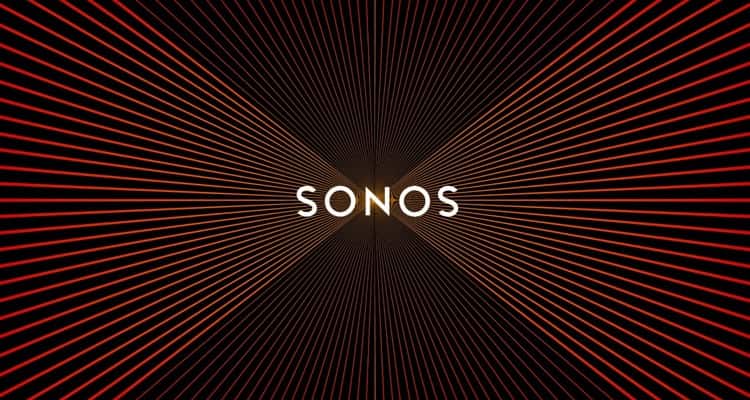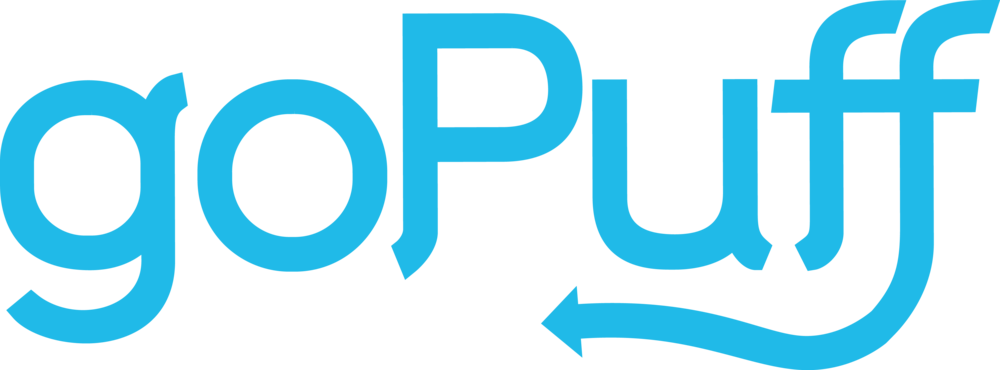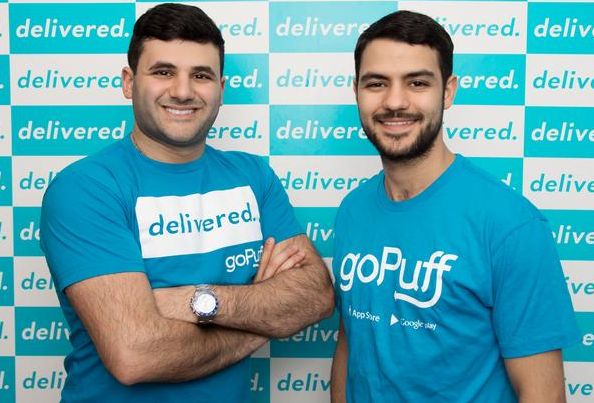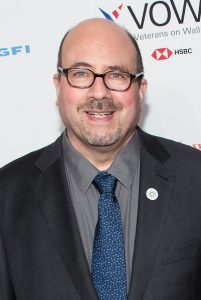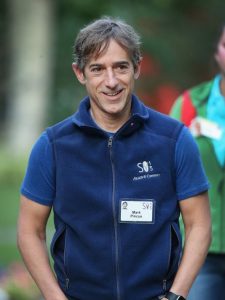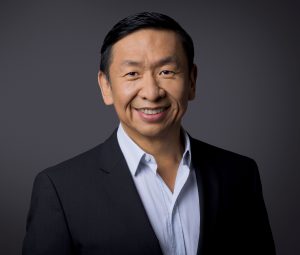Sonos : The Pioneer in Wireless Smart Speakers
Handsfree, smart speaker, music streaming services, so much has been changed in the past more than a decade. To be precise, there were no such technologies over 17 years ago, and people were happy detangling the mesh of cables for music. But there was a group of visionaries, that wanted to bring the change and free people from the trap of cables to provide them with the best sound experience.
The American consumer electronics company, Sonos, was founded by four business partners John MacFarlane, Craig Shelburne, Tom Cullen, and Trung Mai, in 2002. Except for John, all the other three co-founders belonged to Santa Barbara, and John moved to the city to pursue a PhD degree from California-Santa Barbara in 1990.
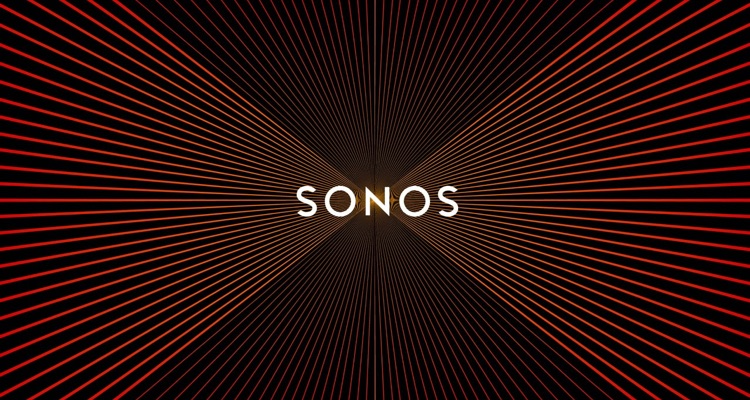
At the same time, the Internet was at its initial stage and was not as popular as it is today. At that time, only fewer than 16 million U.S. households had high-speed dial-up broadband, and America Online was the top internet provider in the U.S. Like other technical persons, John was also sure about the future success and scope of the internet. This way, along with Craig Shelburne, Tom Cullen, and Trung Mai, John decided to start Software.com, and after running it for a decade, they sold the company to Phone.com.
After selling the company, the next thing the visionaries had to do was to think of a new business idea. For a few months of brainstorming, John presented a plan to start a business of building devices which would enable local-area networks for aeroplanes. But the other three partners were not convinced. Again four of them started looking for that out-of-the-box idea, that would be innovative and unique.
At last, the four coincided on a single topic, i.e. music. Today, music streaming services, as well as wireless speakers and headphones, are quite common, but at that time, the concept of the wireless system had not even born. In fact, the music systems came with a mesh of cables, and when anyone wanted to connect the speakers in the different rooms, through a same music system, there was no choice other than drilling their walls to pass the wires through it.
So this was it. The idea was to create a music system, that could play the same music in different rooms without connecting any wires using the internet. But since there was no such existing technology at that time, despite being a unique idea, it did not seem feasible, too. Still, since all the four partners liked the idea, they all started working on the same.
Since the four had been successful entrepreneurs in the past, they had connections and the skills to draw the investments. They also started employing some skilled people for the manufacturing of their dream project. Initially, they opened an office above a restaurant called El Paseo in Santa Barbara and started Sonos in 2002.
The focus of the team was to create a system that was easy to install and would be able to work through cross-technology integration, but this increased the complexity for the designers and the developers. They chose Linux as the basic platform, but the operating system needed drivers for audio, wireless and others, to work with the new music system. So the founders decided to create those drivers.
Finally, in 2003, the company was ready with the design and prototype of its first product. John MacFarlane demonstrated the prototype at the Consumer Electronics Show, in 2004, where it won the “Best of Audio” award. It was the first wireless music system. The company launched the system, naming its Digital Music System, in 2005. It was the combination of smart speakers and a remote. People welcomed the system with open arms, and they loved it. The reviews for the system gave positive points to its design, reliability, and great sound.
It is clear that MacFarlane thought ahead of time, and this way, he created the systems capable of receiving the new upgrades. The same year, Sonos launched the Digital Music System, it introduced a new amplifier, i.e. ZP100 amplifier, for it. The company also announced to make those music systems available for the U.K. citizens too.
With the launch of the iPhone, in 2007, the company launched its app, that enabled the iPhone to become the controller for its Digital Music System. In 2011, the company launched another app for Android users.
In 2009, the company released its much cheaper, 400 dollars, PLAY:5, all-in-one smart speaker. The continuous updates and improvements in the music systems made the company one of the leaders in the market, and its products popular worldwide. In 2011, the company added Sirius XM and Spotify to its catalogue. In 2012, the company upgraded its speakers with Amazon Cloud Player compatibility, following a collaboration with Tencent, through which it added the QQ Music to its catalogue. Currently, the music systems from Sonos support Apple Music as well as music from other popular streaming services including Spotify.
Since its inception, Sonos has been introducing the world with the innovative music products and is the pioneer in the wireless music streaming technology. The company and its story has been an inspiration for every aspiring entrepreneur, which not only tells them to be successful, but also tell them to prioritize quality for long-term success.

Yashica is a Software Engineer turned Content Writer, who loves to write on social causes and expertise in writing technical stuff. She loves to watch movies and explore new places. She believes that you need to live once before you die. So experimenting with her life and career choices, she is trying to live her life to the fullest.
